康仕仲 國立臺灣大學土木工程學系
摘要
Abstract
1 Introduction
2 Research Method
In the following, this research will based on the process of disaster information archive to introduce the research outcomes of this year (2012).
3 Research Outcomes
3.1 Data Collection: Collect and organize hydro-meteorological, flooding simulation, and sediment-related disaster model datasets
There are three important missions in the category of data collection, they are: data ingestion, data digitization and data production. Currently we have collected 14 completed project information including historical disaster, weather & meteorology, water and hydrology, etc. These data will provide future value added, tradition, re-use through follow up management and storage, and to provide effective decision-making information support.
3.2 Data Management: Create the standard format of data storage for disaster prevention
The data identification and classification for records in this category will benefit the follow up archive storage.
3.3 Data Storage: Design and create the data model of spatial database complying with standard format of data storage of D-Cloud
Figure 4 shows the architecture of the smart platform. D-Cloud and D-Adapter are the two main components. D-Cloud can store and share data efficiently through cloud structure. D-Adapter provides an interface for transforming the results of the advanced research in NTU into standard format dynamically. During the process, the authority, usability, standard and sustainability of the data is considered. The NTU D-Cloud and D-Adapter consists the disaster reduction smart platform. Use D-Adapter to collect the results of this research. In addition, D-Cloud can provide the data for the society.
3.4 Data Access: Implement and evaluate the designed data model for the purposes of disaster prevention
This year, we attempted to use Tableau which was based on breakthrough technology from Stanford University that allowed users to drag and drop when analyzing data. Simulation was conducted on archived historical disasters, weather, and hydrology to establish preliminary models on disaster weather (D-Weather) and disaster watch (D-Watch). The following is a brief introduction to the initial results of the two data base.
After understanding the logic of the program data base, this research first established a historical imaging file (Figure 7) from year 2000 till now. We found that through the free enlarge and minimize on time and space through ChronoZoom, this historical data (Figure 8) could be presented in macroscopic or microcosmic way. Images or photo records at the time could also be obtained to effectively restore the situation at the time to assist in making better judgement on the decision making.
In both tasks, massive volume of data and reports are needed for decision makers to make overall forecast and prediction. In general, it is not easy to make use of the information because most of the reports are in briefing format nowadays (Figure 9). This research used typhoon Talim and Doksuri as examples to establish a flood and reservoir alert database (Figure 10) by abstracting and format converting the briefing information into database. As a result, it is easier for decision makers to compile and analyze the information collected. With a click of a button, researchers can view detailed latest information on the screen with ease.
4 Summary
This research is designed to house disaster information, response to disasters approximately, and make proper predictions in time. In the past seven months (April to October 2012), we collected and compiled reports made by the Disaster Center during the past six years and have collected 14 project information and established preliminary sorting framework. In addition to the basic information of the projects, we also included hydro-meteorological, flooding simulation, and sediment-related disaster model information. Using these data as the foundation, we established a standard data storage mechanism, the D-Cloud, and confirmed its integrity. Finally, we use the typhoons that stormed Taiwan in the recent three years as examples to test the implementation of visualization in presenting the disaster information archive platform with Tableau and ChronoZoom platforms. In the future, we hope to provide the same specs and information to meteorologists. In addition, we hope to raise the efficiency and accuracy of the contingency plan by unifying information. After developing the platform, we will further verify its workability and adaptability by testing the user experience.
References
[2] Dumbill, E. (2012). Planning for Big Data, O'Reilly Media, Ebook, Safari Books Online.
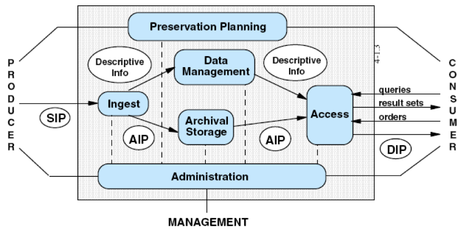
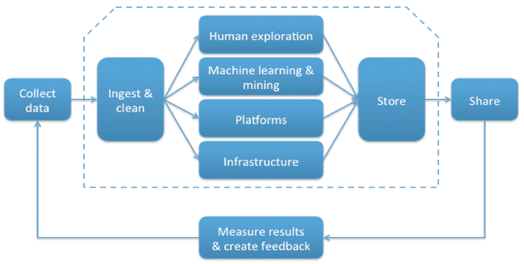
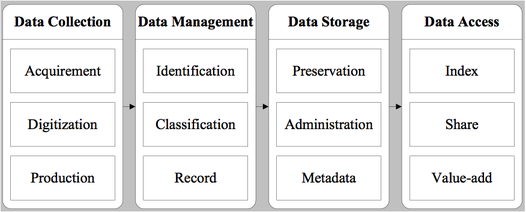
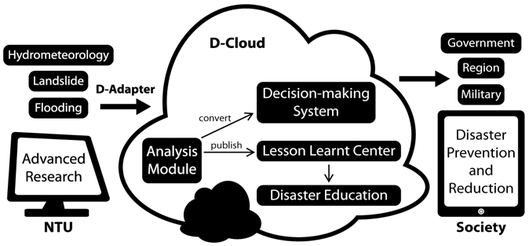
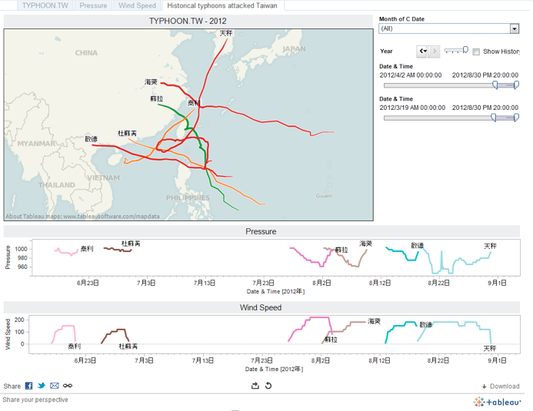
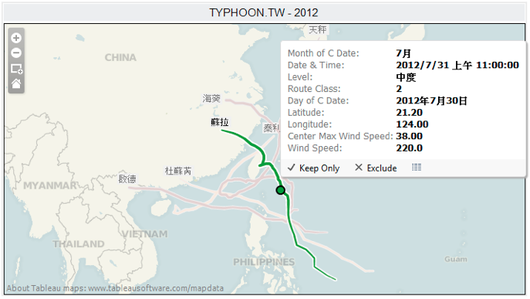
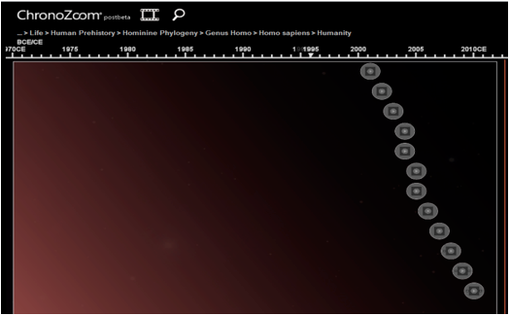
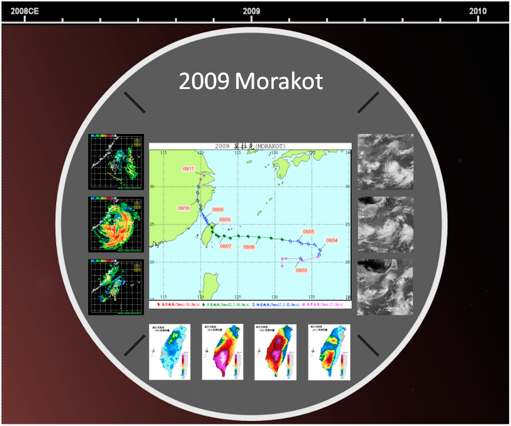

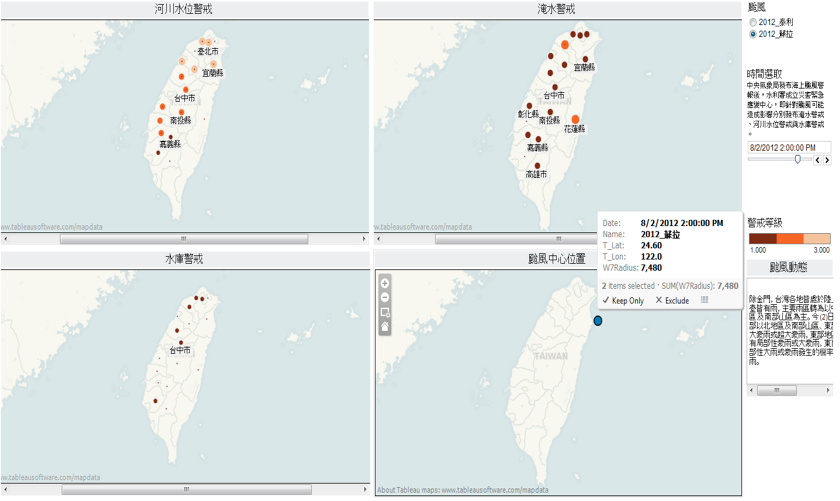

 RSS Feed
RSS Feed
